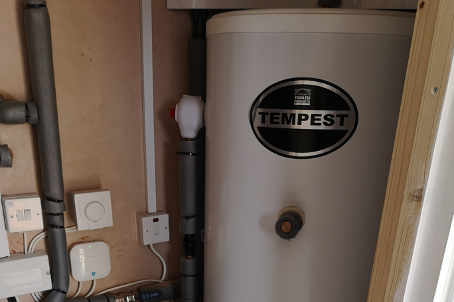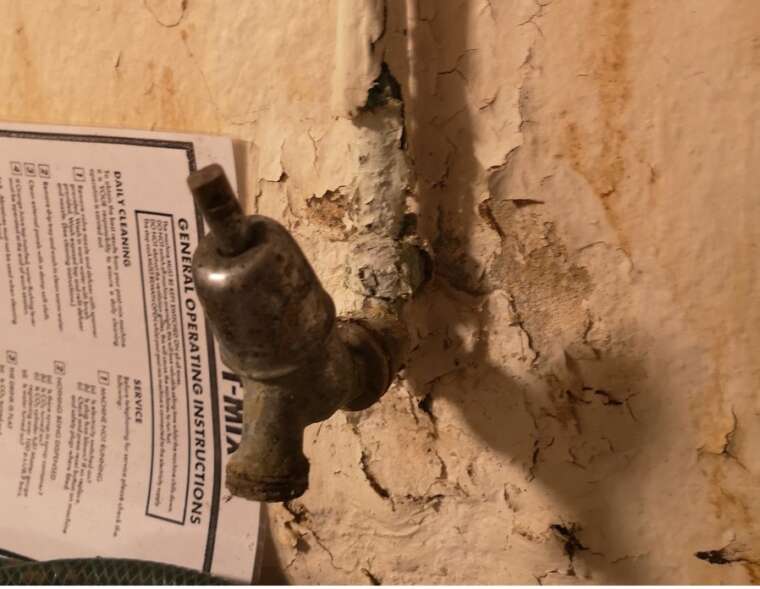Midlands Legionella Control Ltd conducted a comprehensive legionella risk assessment at a home in multiple occupation (HMO) in Birmingham. This included a full inspection of the hot and cold water system services.
All cold water outlets within the property were mains-fed. There was a combination boiler providing hot water to all hot taps. There was a separate unvented calorifier providing hot water to the 4 mixer showers.
All outlets within the house were thought to be well-used according to the tenants. However, if any of the ensuites or other outlets become little used if only for a short time, the report advised site that they should be treated as little used outlets. Little used outlets should be flushed weekly for 2 weeks, with records kept of these flushes.
Inevitably the house is visited by people with varying age and health backgrounds. This means that the users of the site must be assumed to be ‘High Risk’ for the purposes of this report. ‘High Risk’ users are categorised by ACoP L8 as any of the following: Those aged over 45 years, smokers, heavy drinkers, people suffering respiratory problems or weakened immune systems.
This was the HMO’s first legionella risk assessment and they had no records showing any type of legionella control regime being in place. The legionella risk assessment report outlined the temperature monitoring, shower descaling, calorifier flushing and other duties which the duty holder should undertake. The report included thorough explanation for each recommendation.
Legionella risk assessments should be reviewed regularly. This means at least 2-yearly, or sooner if there is a change in key personnel on site, or where concerns arise about the current regime or water quality. The survey and all recommendations were made in accordance with ACoP L8, HSG 274 and BS 8580.




